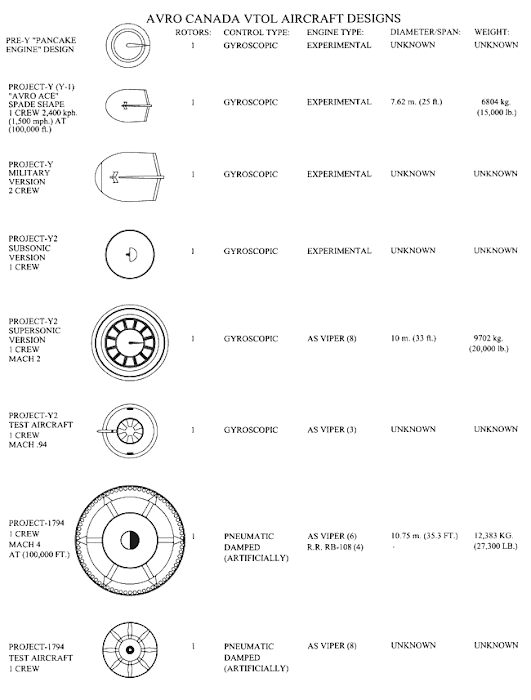The U.S. Army is in the early stages of developing the most expensive weapons program in its history, but the project could already be in jeopardy because it largely depends on three separate military programs that have been plagued by cost overruns, immature technologies and timetable delays.
At stake is what the Army calls its most ambitious modernization since World War II -- Future Combat Systems, a new generation of weapons, combat vehicles, robots and sensors connected to a wireless network. Imagine, for instance, a battlefield on which soldiers use remote-control devices to position hovering drones over an enemy encampment, then send those coordinates to a box of rockets that can launch and strike a moving target.
It's a costly vision: In the complicated math of the military, the Army said the program will cost $124 billion, or $162 billion including inflation. Independent estimates from the office of the Secretary of Defense price the project at $203 billion to $234 billion.
But none of those figures takes into account the expense of three complementary military programs that are supposed to serve as a critical communications network for Future Combat Systems. The three projects -- the development of high-speed radios, a wireless network and satellites -- are expected to be used by different parts of the military and cost about $80 billion combined, a figure that has risen by about $29 billion in recent years.
To read more of this content at The Washington Post, click here
Tuesday, April 8, 2008
FCS: Costly Weapons Upgrade Faces Big Hurdles
Subscribe to:
Post Comments (Atom)










No comments:
Post a Comment